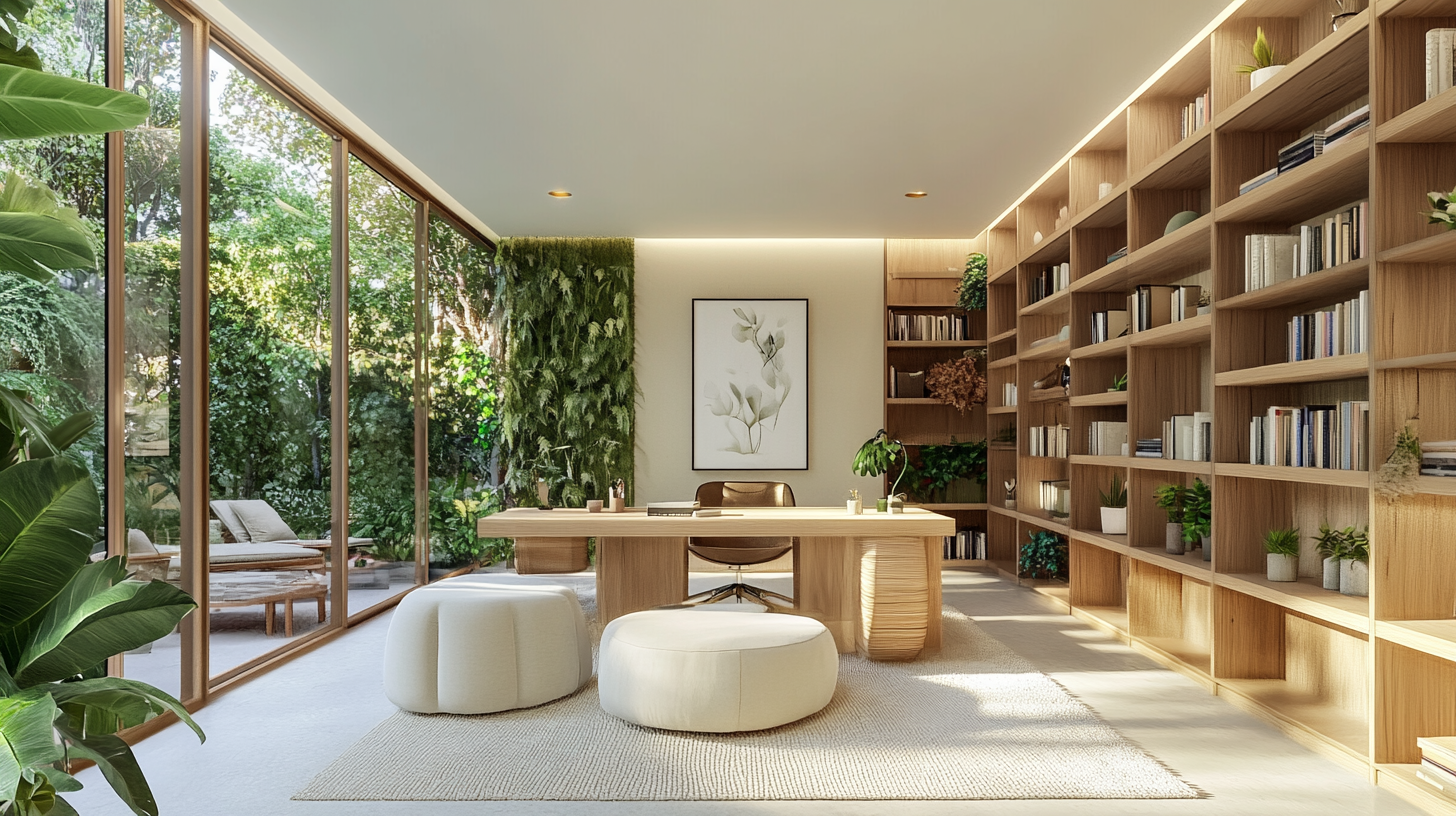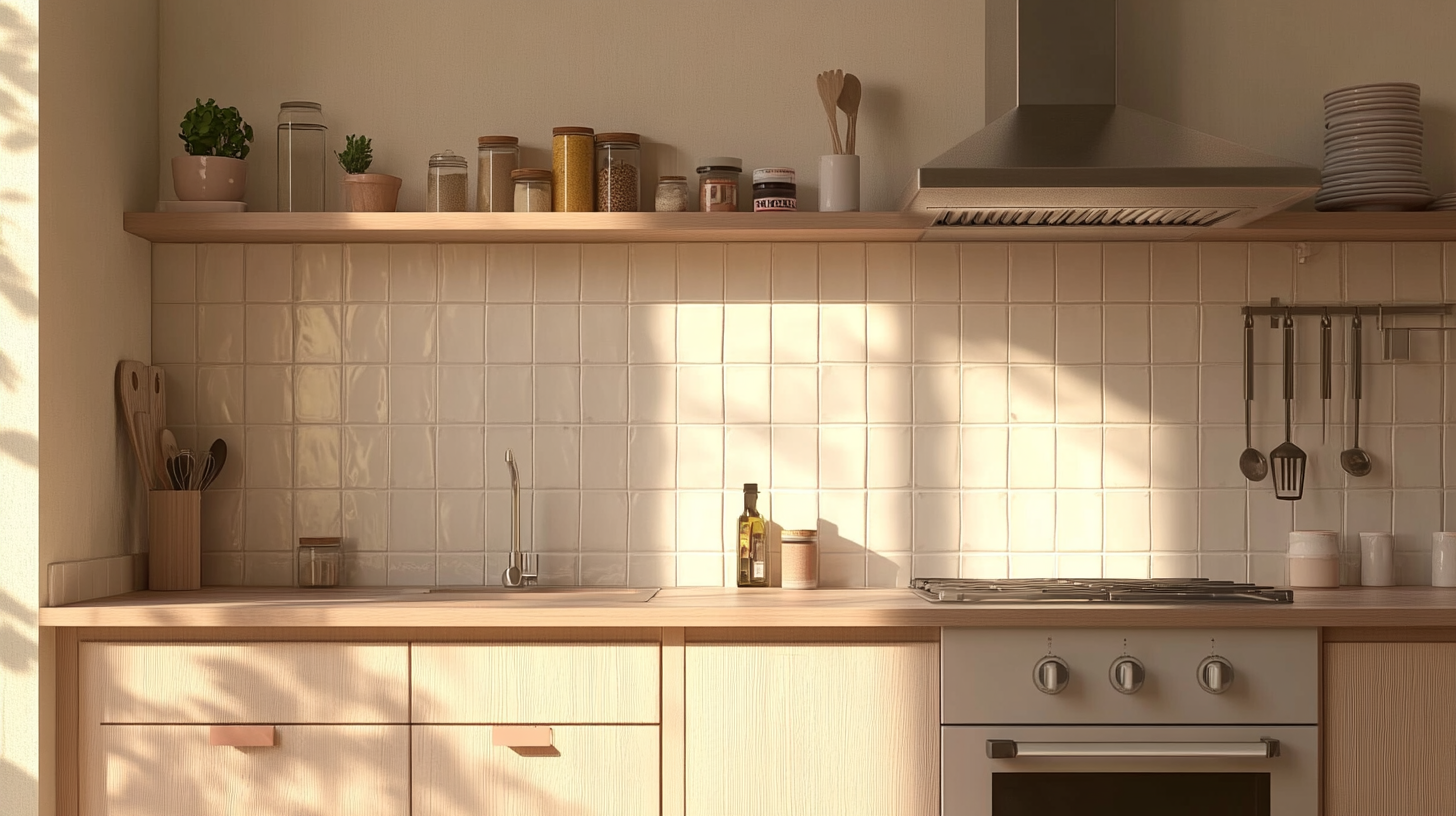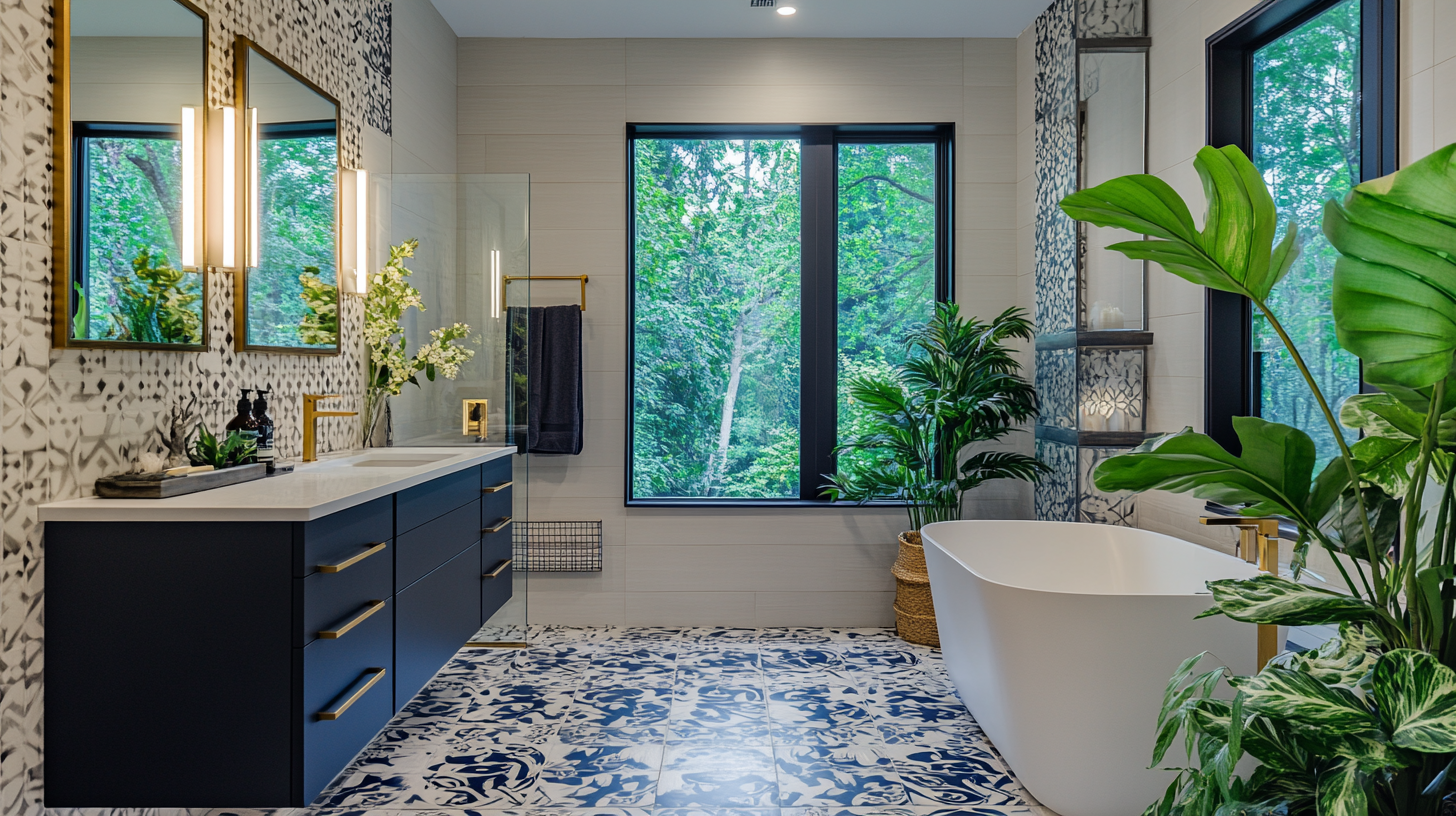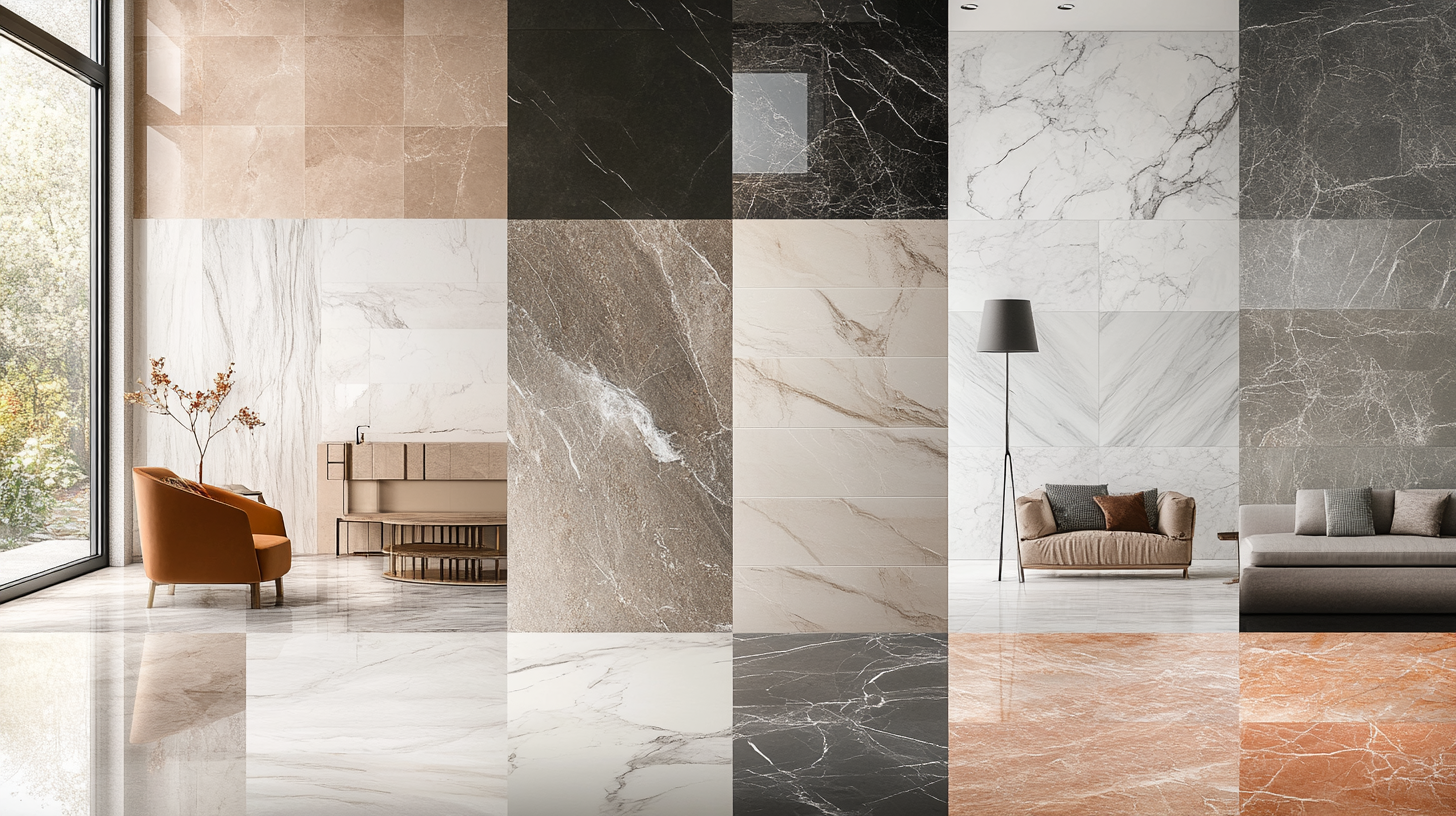
How to Design the Perfect Study Room at Home
A well-designed study room is not just a luxury but a necessity in today’s world. With work-from-home setups, online learning, and side hustles becoming the norm, having a dedicated space to focus and be productive has never been more important. Whether you’re a student cramming for exams, a remote worker clocking in hours, or a creative hobbyist pursuing your passions, the right study room can boost concentration and improve overall efficiency.
This guide offers actionable tips to help you design the ideal study space in your own home, ensuring it’s both functional and visually appealing.
Define the Purpose of Your Study Room
The first step to creating the perfect study room is understanding its purpose.
- Who’s the user? Whether it’s designed for professionals, students, or kids, the study room should cater to their unique needs. A student may benefit from extra shelving for books, while a working professional might prefer more desk space for a dual monitor setup.
- Single user or shared space? If the space will be shared, consider dividing the room into separate zones to avoid overlapping work areas.
- Multi-purpose? Some study rooms double as hobby areas, reading nooks, or home libraries. Ensure there’s a balance between functionality for work and relaxation.
Choose the Right Location
The location of your study room can make or break its effectiveness.
- Find a quiet corner: Choose a spot away from high-traffic areas like the kitchen or living room to minimize distractions.
- Leverage natural light: Position your study space near a window to take advantage of daylight, which is proven to boost mood and productivity.
- Avoid distractions: Keep your study room away from TVs, gaming devices, or noisy appliances for a more focused environment.
Optimize the Layout
Maximize the potential of your room by planning an efficient layout.
- Tailor to room shape: For small or oddly-shaped spaces, consider built-in shelves or corner desks. These maximize usable space without cluttering the room.
- Create zones: Divide your study room into specific areas for reading, writing, and using digital devices. This promotes better ergonomics and minimizes distractions.
- Space-saving tricks: Foldable desks, wall-mounted tables, or multi-functional furniture can save space and keep the room tidy.
Furniture Essentials for a Functional Study Room
Choosing the right furniture is crucial for comfort and efficiency.
- Ergonomic chair and desk: Invest in an adjustable chair and a sturdy desk with ample space to prevent strain during long hours.
- Bookshelves and cabinets: Keep your reading materials organized and within easy reach with smart storage solutions.
- Modular furniture: For smaller spaces, pieces like a desk with built-in shelves or a convertible standing desk can work wonders.
Lighting Matters
The right lighting can significantly impact your focus and reduce eye strain.
- Natural light: Maximize daylight by positioning your desk near windows. Use sheer curtains to diffuse excess brightness.
- Task lighting: Equip your room with a quality desk lamp for focused tasks and reading. Adjustable lamps allow you to direct light exactly where you need it.
- Eye-friendly tips: Avoid harsh, fluorescent lighting and opt for soft, warm LED options instead.
Color Schemes to Boost Focus
Your study room’s colors directly affect your mood and productivity.
- Neutral tones: Soft whites, pale grays, and beiges create a calming environment ideal for concentration.
- Accents for personality: Add personality by incorporating accent colors like sage green, light blue, or warm mustard tones.
- Avoid extremes: Bright and overwhelming colors can be distracting, so keep them to a minimum.
Storage and Organization
A well-organized study room fosters a clear mind.
- Smart storage: Use floating shelves, drawer units, and vertical storage solutions to save space.
- Tidiness tips: Cable organizers, pencil holders, and stackable trays help declutter the workspace.
- Minimalist approach: A clean and simple desk setup minimizes distractions and keeps you focused.
Incorporate Technology Smartly
Stay connected and efficient without compromising aesthetics.
- Charging stations: Include USB ports and power outlets built into your desk for hassle-free device charging.
- Cable management: Use cable trays or clips to keep wires out of sight and organized.
- Noise control: Consider noise-cancelling gadgets or use soundproof curtains and panels to block external sounds.
Add a Personal Touch
Create a space that inspires and motivates you.
- Wall art: Include prints, motivational quotes, or framed artwork that align with your goals.
- Soft furnishings: Add a cozy vibe with rugs, cushions, and curtains in complementary colors.
- Greenery: Include indoor plants for a touch of nature and improved air quality.
Optional Vastu and Feng Shui Tips
For those interested in aligning their study room with traditional principles, consider the following suggestions:
- Desk placement: Place the desk in the northeast or east direction, which is believed to enhance concentration.
- Lighting direction: Ensure natural and artificial lighting is soft and consistent to create a balanced space.
Balance Aesthetics and Productivity
Your study room can be both functional and visually appealing. By following these steps, you can create a harmonious space that promotes focus, reduces stress, and adapts to your needs. Whether you’re designing for professional productivity or a creative hobby, the perfect study room is within your reach.
If you’d like tailor-made solutions, contact Buildiyo, the best interior design company in Chennai, for bespoke study room designs that will blend seamlessly with your home.



